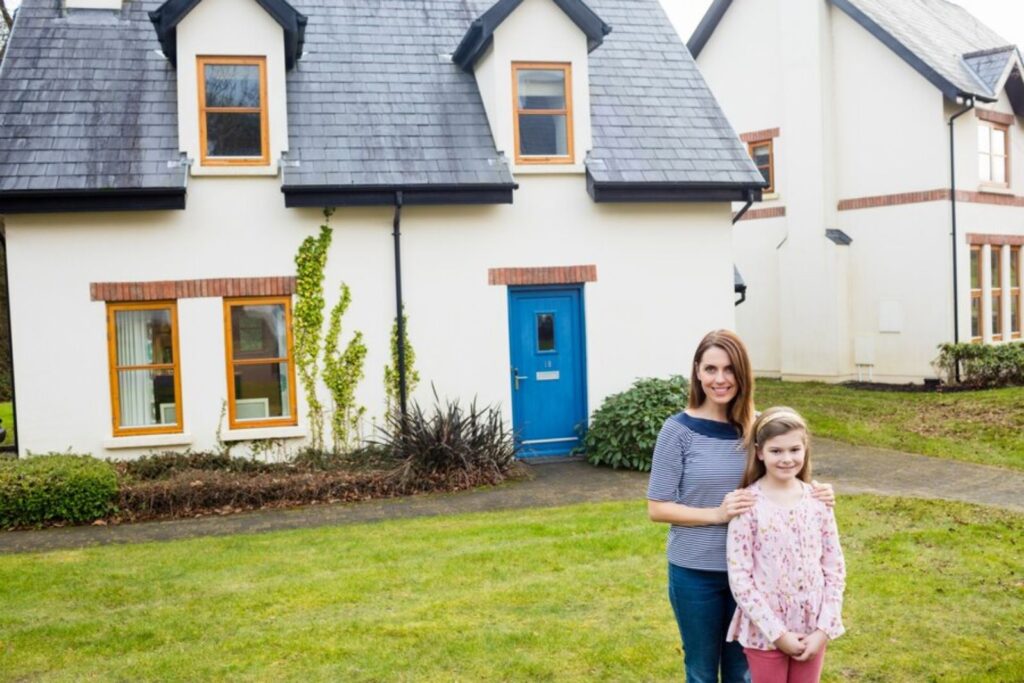In the ever-evolving landscape of housing, innovative solutions are continually emerging to meet the diverse needs of homeowners. One such solution gaining momentum is the concept of granny flat homes. These compact, self-contained living units, also known as accessory dwelling units (ADUs), offer a versatile housing option that is redefining the way we think about multigenerational living, rental income, and sustainable development. In this article, we delve into the world of granny flat homes, exploring their rise in popularity, design possibilities, and the myriad benefits they offer to homeowners and communities alike.
Understanding Granny Flat Homes
Granny flat homes are secondary dwelling units typically located on the same property as a primary residence. They can take various forms, including detached structures, converted garages, or additions to existing homes. These compact living spaces are equipped with all the essential amenities, including a kitchen, bathroom, living area, and bedroom, providing self-contained accommodation for individuals or small households.
The concept of granny flat homes originated as a solution for accommodating aging parents or extended family members while maintaining privacy and independence. However, in recent years, their appeal has expanded to include various other uses, such as rental income, home offices, guest accommodations, or even as a primary residence for homeowners seeking to downsize without sacrificing comfort or convenience.
Design Versatility
One of the most compelling aspects of granny flat homes is their design versatility. Unlike traditional homes, which often follow a standard floor plan, granny flats home from Prestige Renovations and Granny Flats offer endless possibilities for customization and personalization. From sleek, modern designs to rustic, cottage-style retreats, homeowners have the freedom to tailor the layout, aesthetics, and functionality of their granny flat to suit their unique preferences and lifestyle.
Architects and designers are embracing this flexibility, pushing the boundaries of traditional design to create innovative and stylish granny flats that rival their larger counterparts in both form and function. Creative use of space-saving techniques, multifunctional furniture, and clever storage solutions allows for the optimization of every square inch, ensuring that even the smallest granny flat feels spacious and comfortable.
Benefits of Granny Flat Homes
The growing popularity of granny flat homes can be attributed to a multitude of benefits they offer to homeowners, tenants, and communities alike.
- Multigenerational Living: Granny flats provide an ideal solution for multigenerational living arrangements, allowing families to accommodate aging parents or adult children while maintaining a sense of privacy and independence for all parties involved. This arrangement fosters closer familial bonds, enhances caregiving support, and promotes intergenerational learning and companionship.
- Rental Income: For homeowners seeking to supplement their income or offset mortgage costs, renting out a granny flat can be a lucrative option. The additional rental income generated from a granny flat can help homeowners build wealth, achieve financial stability, and diversify their investment portfolio.
- Affordable Housing: In regions facing housing affordability challenges, granny flats offer a practical and cost-effective solution. By providing smaller, more affordable living spaces, granny flats enable individuals or small households to access housing in desirable neighborhoods without breaking the bank. This not only addresses the housing needs of low- to moderate-income individuals but also promotes socioeconomic diversity and inclusivity within communities.
- Sustainable Development: Granny flats contribute to sustainable development by maximizing the use of existing infrastructure and land resources. By utilizing underutilized spaces such as backyard lots or converted garages, granny flats minimize the need for new construction, reduce urban sprawl, and promote infill development. Additionally, their smaller footprint translates to lower energy consumption, reduced carbon emissions, and a lighter environmental impact compared to larger homes.
Regulatory Considerations
While the benefits of granny flat homes are undeniable, their widespread adoption has been hindered by regulatory barriers in many jurisdictions. Zoning restrictions, building codes, and permitting processes vary widely from region to region, often presenting challenges for homeowners looking to build or legalize granny flats on their properties.
In recent years, however, there has been a growing recognition of the potential of granny flats to address housing affordability and supply issues, leading to legislative reforms aimed at streamlining the approval process and expanding permissible uses of granny flats. Many municipalities have introduced zoning amendments, expedited permitting procedures, and financial incentives to encourage the construction of granny flats, recognizing them as a valuable tool in meeting the diverse housing needs of their communities.
Conclusion
As the housing landscape continues to evolve, granny flat homes are emerging as a versatile and sustainable housing solution that meets the needs of modern homeowners and communities. Their compact size, design flexibility, and myriad benefits make them an attractive option for multigenerational living, rental income, and affordable housing. As regulatory barriers are gradually dismantled and public awareness grows, granny flats have the potential to play a significant role in shaping the future of housing, fostering more inclusive, resilient, and vibrant communities for generations to come.


